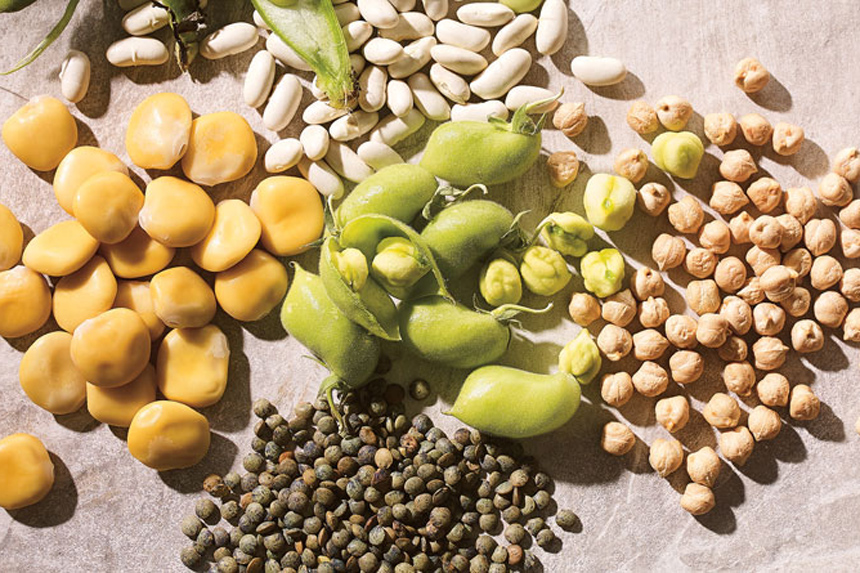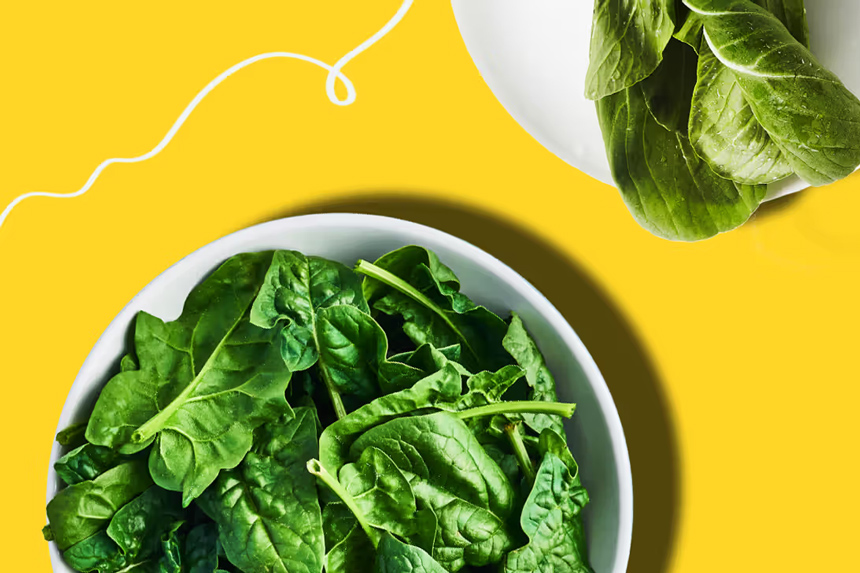Legumes

Legumes, including lentils, beans, and peas, are rich in blood pressure-regulating nutrients such as magnesium and potassium. While observational studies have suggested their potential in lowering high blood pressure, a 2023 review of clinical studies found no significant relationship. This indicates that further research is needed to understand the impact of legumes on blood pressure fully.
Legumes are not only beneficial for heart health but are also versatile in the kitchen, providing a plant-based protein source that can be used in a variety of dishes, from soups to salads. Their high fiber content also supports digestive health and can help in weight management, which is crucial for maintaining healthy blood pressure levels. [4] [5]
Leafy Greens

Leafy greens such as Swiss chard and spinach are nutrient powerhouses, particularly rich in potassium and magnesium, which are essential for maintaining optimal blood pressure levels. For instance, a cup of cooked Swiss chard contains significant portions of your daily needs for these nutrients. A study in 2022 found a correlation between increased dietary potassium and lower systolic blood pressure among women with high dietary sodium intake.
Spinach, in addition to being high in potassium and magnesium, contains nitrate, which has been shown to lower blood pressure. Though recent research calls for further studies to solidify these findings, the antioxidative and nutrient-dense nature of leafy greens makes them invaluable in a heart-healthy diet. Integrating these vegetables into meals, whether in salads, smoothies, or as side dishes, can significantly contribute to lowering blood pressure and enhancing overall health. [6]





